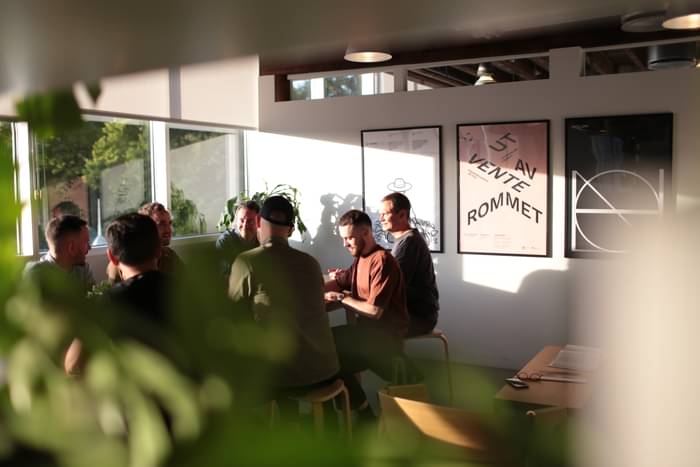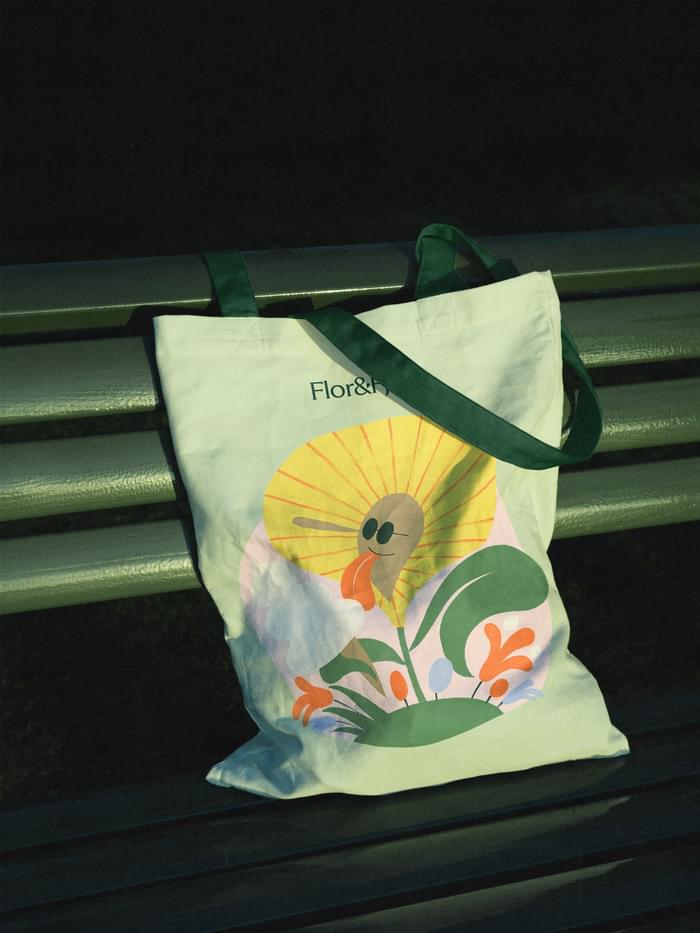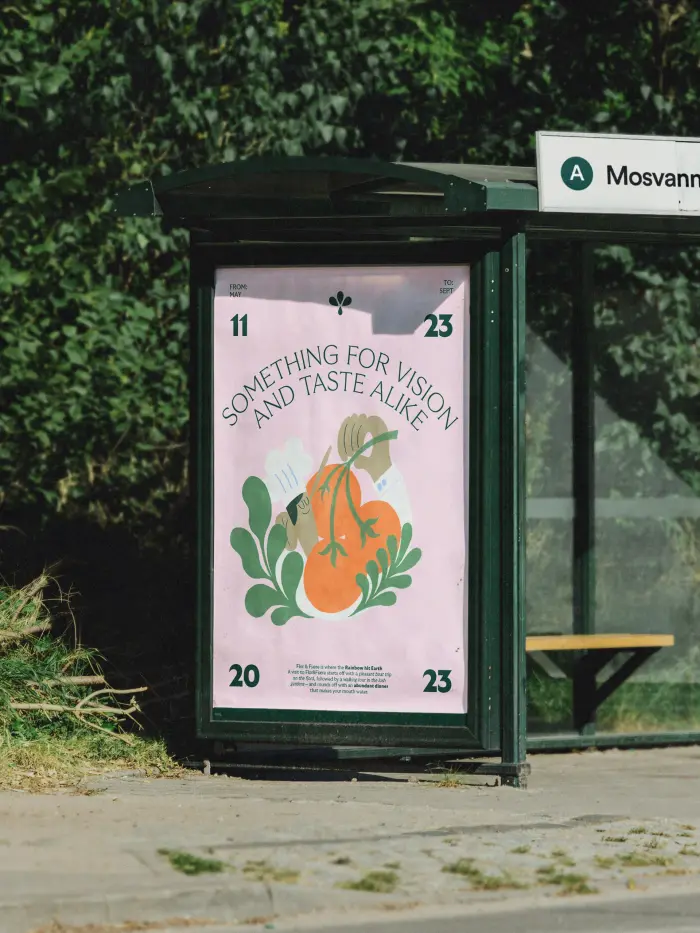
WIP You run with the motto: “Create forms that last.” How do you achieve that?
BK We always aim to discover and understand the brand’s core, define its DNA, and then be true to that in everything we make. We aspire for simplicity and ideas you’ll remember in all our projects. We try to avoid short-lived trends. We also take the time to educate our clients on what it means to "be the brand" and explain why we invest so much time in understanding them through our strategic process. By uncovering and understanding their company's core, our creative solutions become more authentic and resilient.


